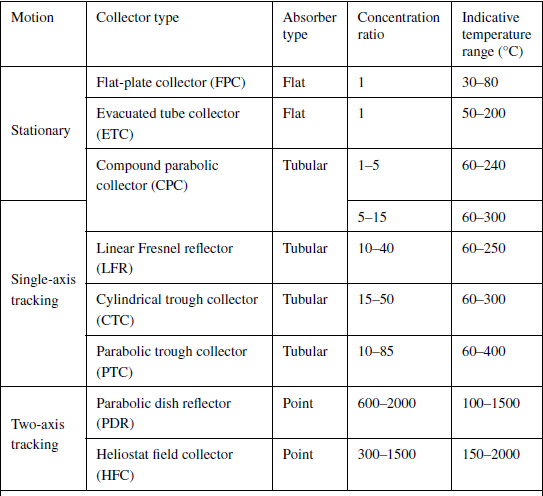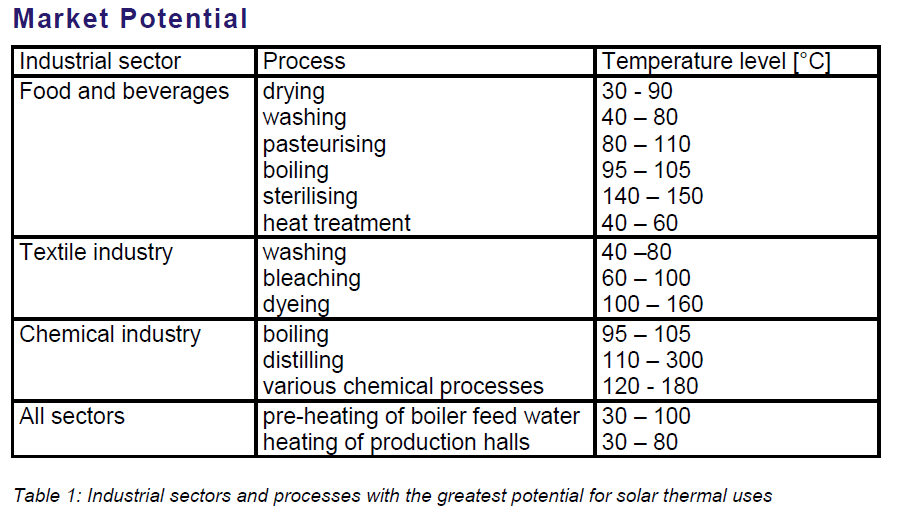Odisha receives an average solar radiation of 5.5 kWh/ Sqm area with around 300 clear sunny days every year. The feasible potential for power generation in the Solar Photovoltaic and the Solar thermal routes have been roughly estimated as 8000 MW and 2000 MW respectively.For a number of reasons, including an inadequate transmission and distribution network, large grid-connected projects, based on renewables or fossil fuels, are typically not suited to scattered, remote un-electrified settlements. Hence renewable energy-based micro grids can be an appropriate solution.
The renewable energy sources provide a unique opportunity for the developing countries to increase their economics status in the present scenario. The developing countries need to look at prospects for the evolution of energy supply and consumption in the coming decades, such that the problem of widespread poverty can be tackled effectively and at the same time the best possible use is made of technological developments related to energy decisions that have taken place and are yet to take place in the world. These technology related developments apply equally to energy supply as they do to the consumption of energy.
India is the fourth largest energy consumer in the world after the United States, China, and Russia. In recent years, India’s energy consumption has been increasing at a relatively faster rate due to population growth and economic development. Rapid urbanization and improving standards of living for millions of Indian households, the demand is likely to grow significantly. In order to sustain the production, industries have opted for inefficient diesel-fuelled backup power. India’s energy planning, which is based on the twin objectives of high economic growth and providing electricity to all, is failing to meet either.
The state of Odisha covers an area of 1,55,707 sq.km., with a coastline of about 480 km on the Bay of Bengal. It lies between 17° 31′ and 22° 31′ The Western Rolling Uplands are lower in elevation, 153-305 m and have bedrock of hard soil and a lot of flora and fauna. 31′ N latitude and 81° 31′ and 87° 3°’ E longitude, the State is open to the Bay of Bengal on the East. Therefore Odisha, from the point of view of its unique geographical position and the livelihood status, has endowed with plenty of Renewable energy Resources.
| SlNo | RENEWABLE ENERGY SOURCES | GROSS POTENTIAL MW | FEASIBLE POTENTIAL MW |
| 1 | Solar voltaic | 40000 | 8000 |
| 2 | Solar Thermal | 10000 | 2000 |
| 3 | Wind | 1700 | 910 |
| 4 | Biomass- Paddy husk | 300 | 250 |
| 5 | Biomass- Paddy straw | 600 | 250 |
| 6 | Other Biomass | 800 | 250 |
| 7 | Biodiesel | 300 | 150 |
| 8 | Small Hydro power | 120 | 120 |
| Total | 53820 | 11820 |
The Micro, Small & Medium Enterprises (MSMEs) contribute significantly to value addition, employment generation, exports and overall growth and development of the country’s economy. In Odisha itself MSME units are generating maximum employment next to agriculture. The MSME sector is responsible for about 40 per cent of the exports and 45 per cent of the total manufacturing output in the country. So the economic growth of the state as well as the county will highly dependent on the development of MSME and application of renewable energy in MSME to conserve the natural resources.
The application of renewable energy in the MSME can be done on the basis of following important concepts like Bio-energy, Solar Energy and Small Hydro Power.

Solar Energy:
Odisha by virtue of its position on the globe has almost all the aforementioned renewable energy resources. Some rough assessments indicate Odisha’s gross renewable energy potential as 53,820 MW. Odisha receives an average solar radiation of 5.5 kWh/ Sqm area with around 300 clear sunny days every year. The feasible potential for power generation in the Solar Photovoltaic and the Solar thermal routes have been roughly estimated as 8000 MW and 2000 MW respectively.
The available solar energy can be utilized as in the purpose for electric power generation in form of photo voltaic cells as well as in other thermal energy devices like solar water heater, solar thermal power, solar dryer etc. Solar power can be utilized in the agricultural processing industries in various unit operations. Solar hybrid dryer have a great role to play during these days.


Bio Energy:
Bio energy concept can be broadly accepted from the biomass and biogas. The National Biomass and manure management programme has a unique impact in odisha. Along that we need to improve the strategy how to get more. Biomass includes the agricultural energy crops, agricultural residues, processing reduces, animal wastes, agro industrial plantation, forest plantation and forest residues etc.
Similarly the biomass conversation factor using the processes like biomass briquetting and gasification has a great role to play in odisha.
Land use pattern of odisha
The land use pattern of Odisha clearly indicates that there is plenty of lands which are available for energy plantation as well as for the purpose of various needed work for the solar power plant and biogas plants.
Similarly as Odisha is the among the top 10 rice production state in India hence plenty of paddy husk and straws are available which is also the main source of biogas. Again the livestock in Odisha also have a greater impact on the biogas production.
Both cultivable & uncultivable wastelands are available in potential districts of Odisha, which is about 7.5% of the total geographical area of the state. This wasteland with the help of land and water conservation measures can be turned into productive assets for livelihood of the distressed community development and Plantation of timber and fuel-wood species in land not suitable for Agriculture can be taken up.
Small Hydro power:
Looking into the geographical location, the hills and rivers can be able to give the suitable condition for constructing small hydro power projects in Odisha. Small hydro power project has generating capacity up to 25 Megawatts. A survey conducting by UNDP supplied the information that the small hydro power potential capacity of Odisha is 295.47MW.
Purposeful project should be established aimed at strengthening local entrepreneurial capacity for sustained commercial operation of rural energy enterprises that harness renewable energy technologies to service productive use applications in selective areas of Odisha. The distinguishingfeature of this project is that it links the commercialization of enterprises that match renewable energy technology to productive use applications with the substantial ongoing efforts to develop enterprise capacity most likely in rural areas of Odisha.
Similar environment and scope can be developed in Odisha as there is plenty of forest land as well as the agricultural lands available.
Steps for application of renewable energy in MSME
The overall objectives of the project are threefold:
- First, to create an energy infrastructure in the rural areas of Odisha that would directly address thealleviation of poverty through income generation and other means in an economically viable and environmentally sustainable fashion so as to improve the overall quality of life, especially among the poorer and marginalized sections of society;
- Secondly, to generate local entrepreneurial capacity for sustained commercial operation of Rural EnergyService Companies with primary emphasis on renewable energy and on creating opportunities for incomegeneration activities in selected areas of rural Odisha;
- Finally, to introduce climate-friendly solutions to meeting rural energy needs in a manner in keeping withIndia’s national commitment to sustainable development.
The principal components of the project include:
- Entrepreneurial support to manufacturing and service providers;
- Entrepreneurial support to rural areas;
- Finance and credit support;
- Village electrification using renewable energy sources;
- Institutional capacity-building.
It has been observed that for a number of reasons, including an inadequate transmission and distribution network, large grid-connected projects (based on renewables or fossil fuels) are typically not suited to scattered, remote un-electrified settlements. Here renewable energy-based micro grids can be an appropriate solution.
Dr. M.K. Mohanty and
Dr. Debi Prasad Sahu,
College of Agricultural Engineering, OUAT, Bhubaneswar.









































